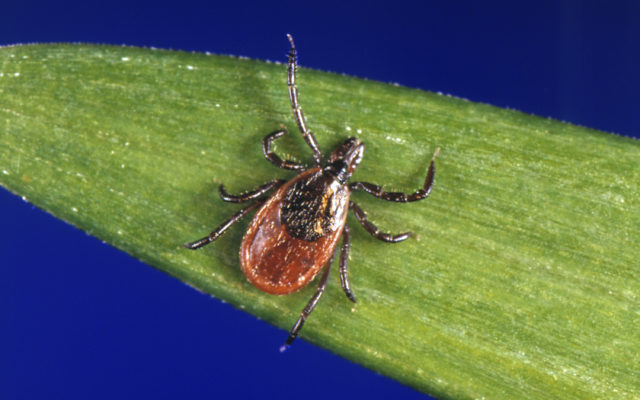
2024 surveillance report from UMaine Extension Tick Lab highlights tick-borne disease risk
ORONO — In 2024, University of Maine Cooperative Extension Tick Lab processed 4,776 tick submissions including samples from 398 towns, representing all of Maine’s 16 counties. The majority (3,650) were identified as deer ticks, also known as blacklegged ticks, while American dog ticks accounted for 1,045 samples. Laboratory testing showed that 41.5 percent of the deer ticks analyzed carried Borrelia burgdorferi, the bacterium that causes Lyme disease, while significant proportions also carried Babesia microti (12 percent), Anaplasma phagocytophilum (9.7 percent) and Powassan virus (1.1 percent).
Most tick exposures occurred close to home with 68 percent reported from the submitter’s own property. Yard work was the most commonly cited activity at the time of tick encounter, accounting for one‑third of all incidents. Despite this, only 16 percent of individuals reported using any protective measures against ticks.
“These data confirm that Lyme and other tick‑borne diseases remain a serious, statewide public health concern,” said Tick Lab Coordinator Griffin Dill, who urged residents to wear protective clothing, apply repellents and conduct tick checks after outdoor activities. The full 16-page report is available on the Tick Lab’s website at https://extension.umaine.edu/ticks/.
Thanks to ongoing funding supported by the Governor and Maine Legislature, the UMaine Extension Tick Lab keeps its comprehensive tick testing service affordable at just $20 per tick, ensuring that cost is not a barrier to public participation.
Through educational outreach programs including the 4‑H Tick Project, the Tick Lab engages youth and communities statewide, sharing practical prevention strategies through webinars, workshops and print resources.
More information on ticks in Maine and how to submit tick samples to the lab is available online at ticks.umaine.edu or by contacting 207-581-3880 or tickID@maine.edu.